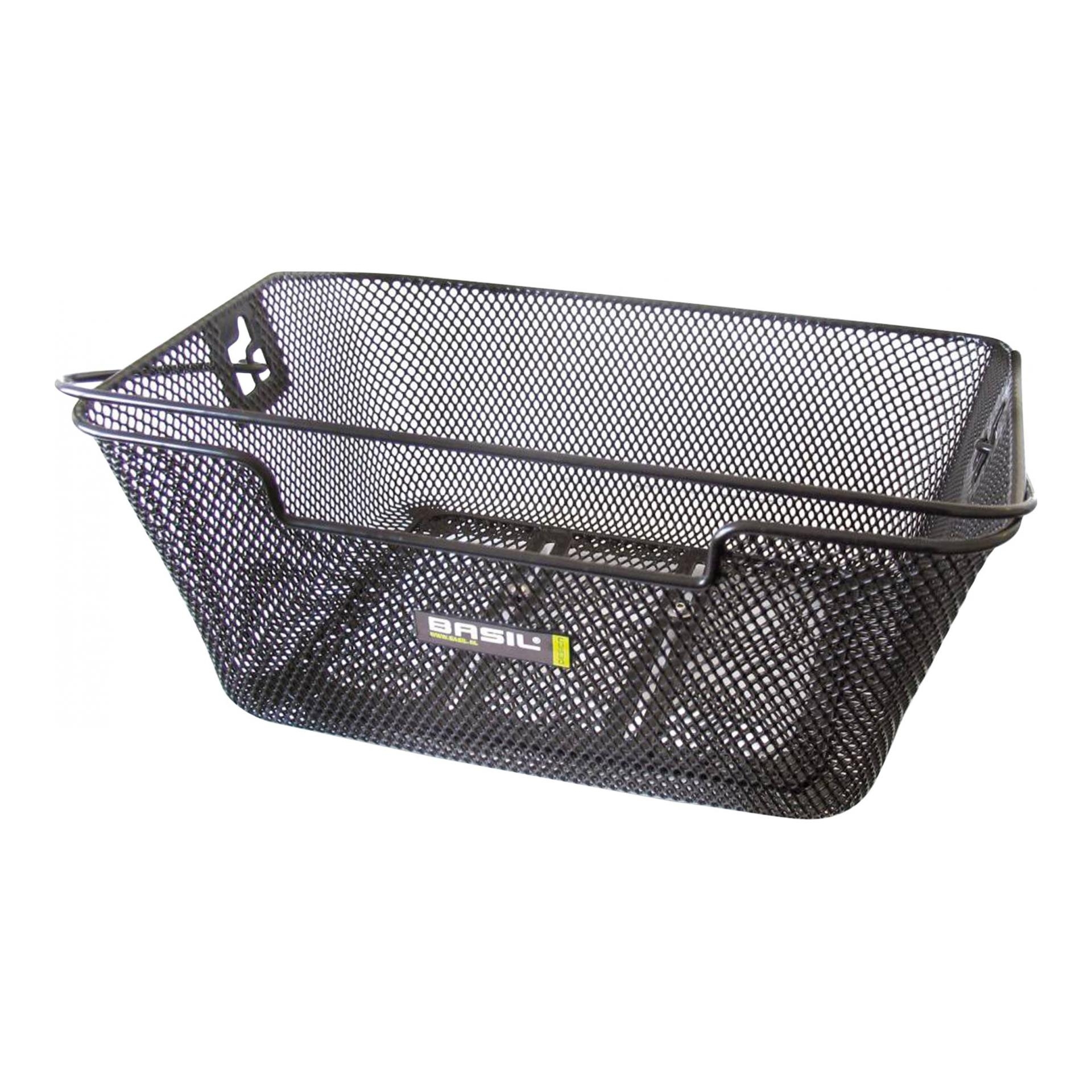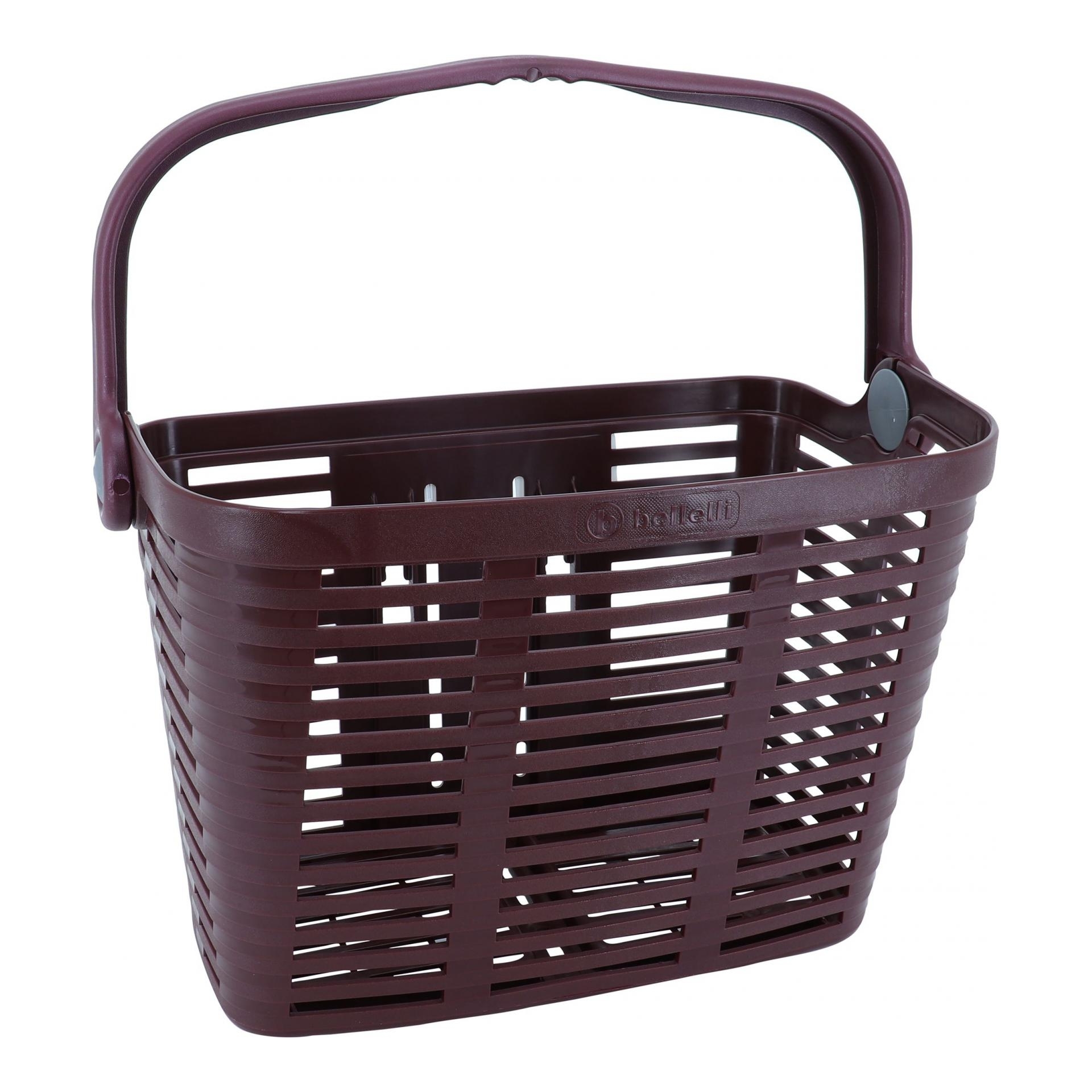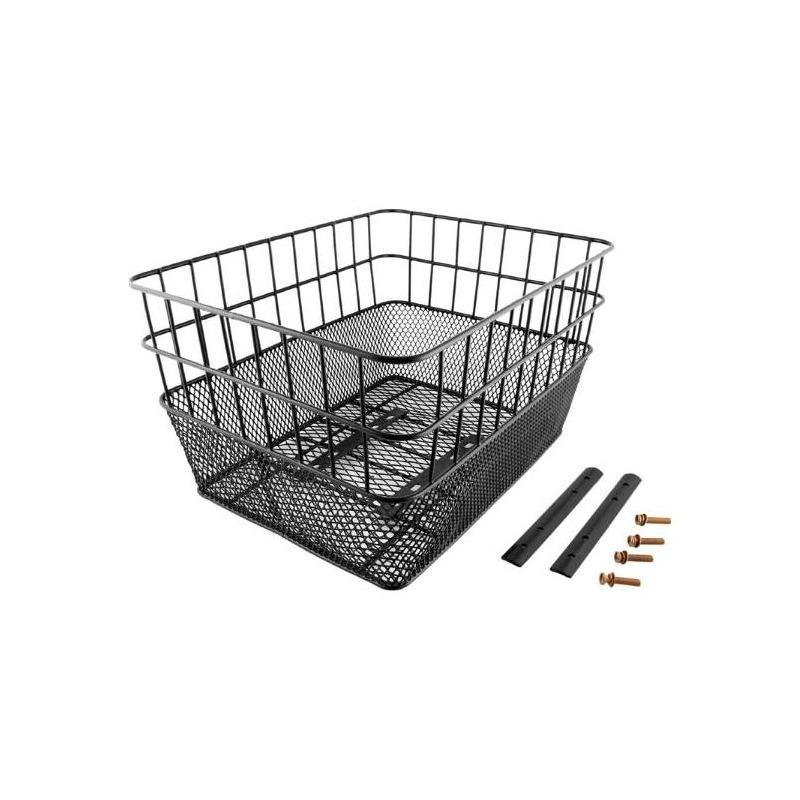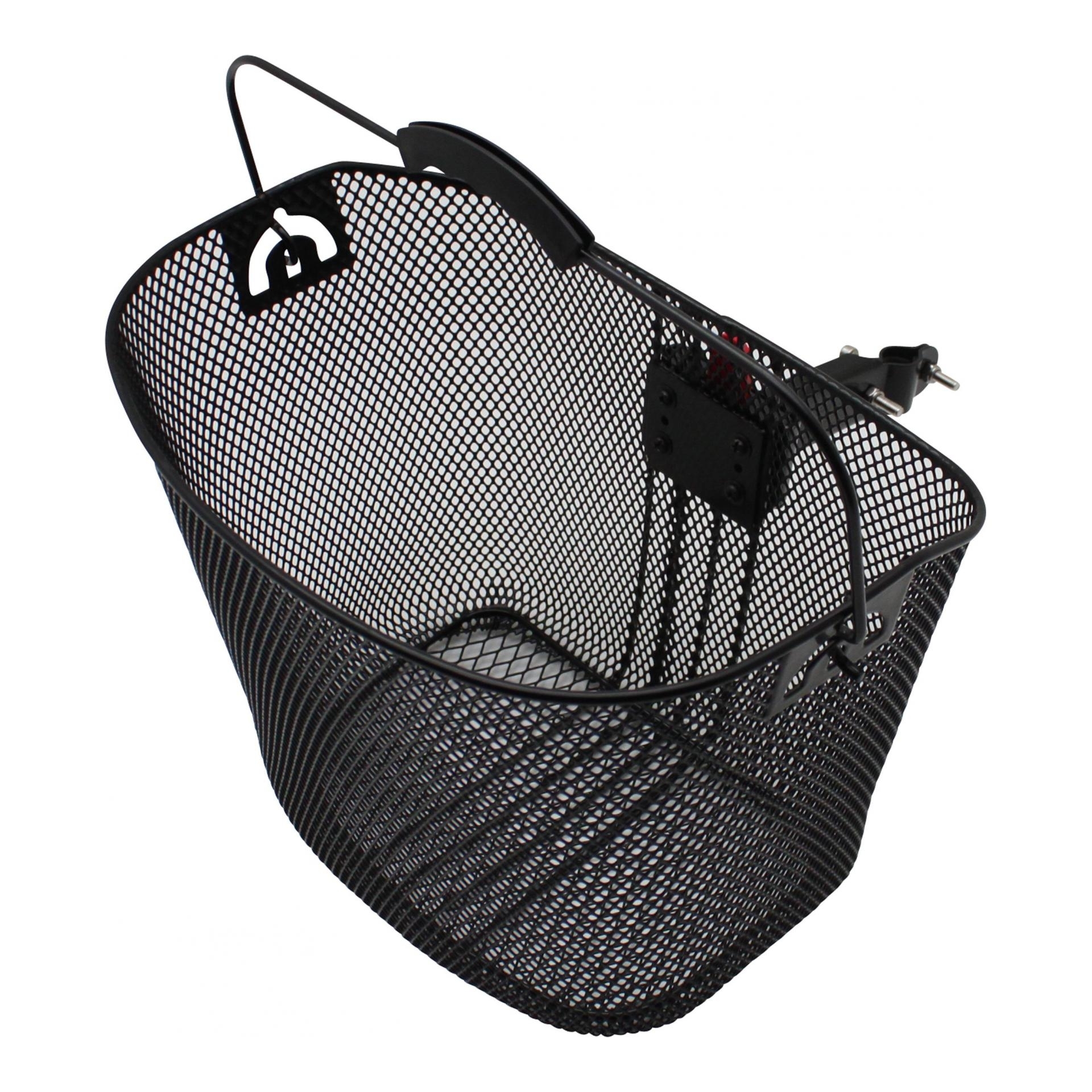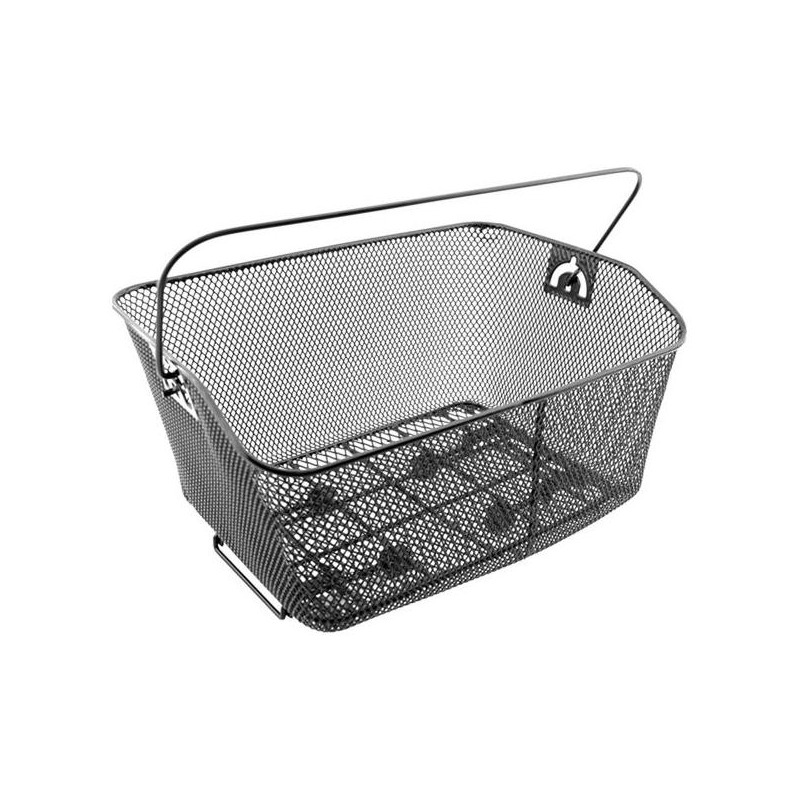
Panier de vélo arrière V BIKE en métal noir avec support porte-bagage - Bagagerie vélo sur La Bécanerie

Panier avant de vélo RMS en métal avec fixation sur guidon 40x30x18 cm noir - Bagagerie vélo sur La Bécanerie

Panier vélo Basil Robin en acier chromé réglable pour 26"-28" (27L) - Bagagerie vélo sur La Bécanerie
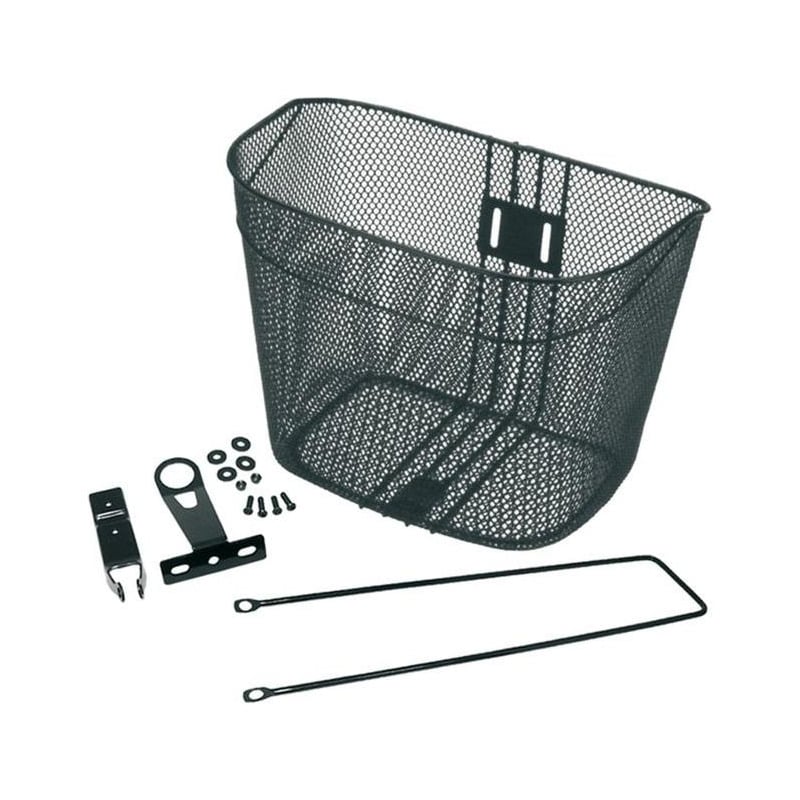
Support de panier vélo avant V BIKE pour direction de Ø25,4mm et Ø28,6mm - Bagagerie vélo sur La Bécanerie
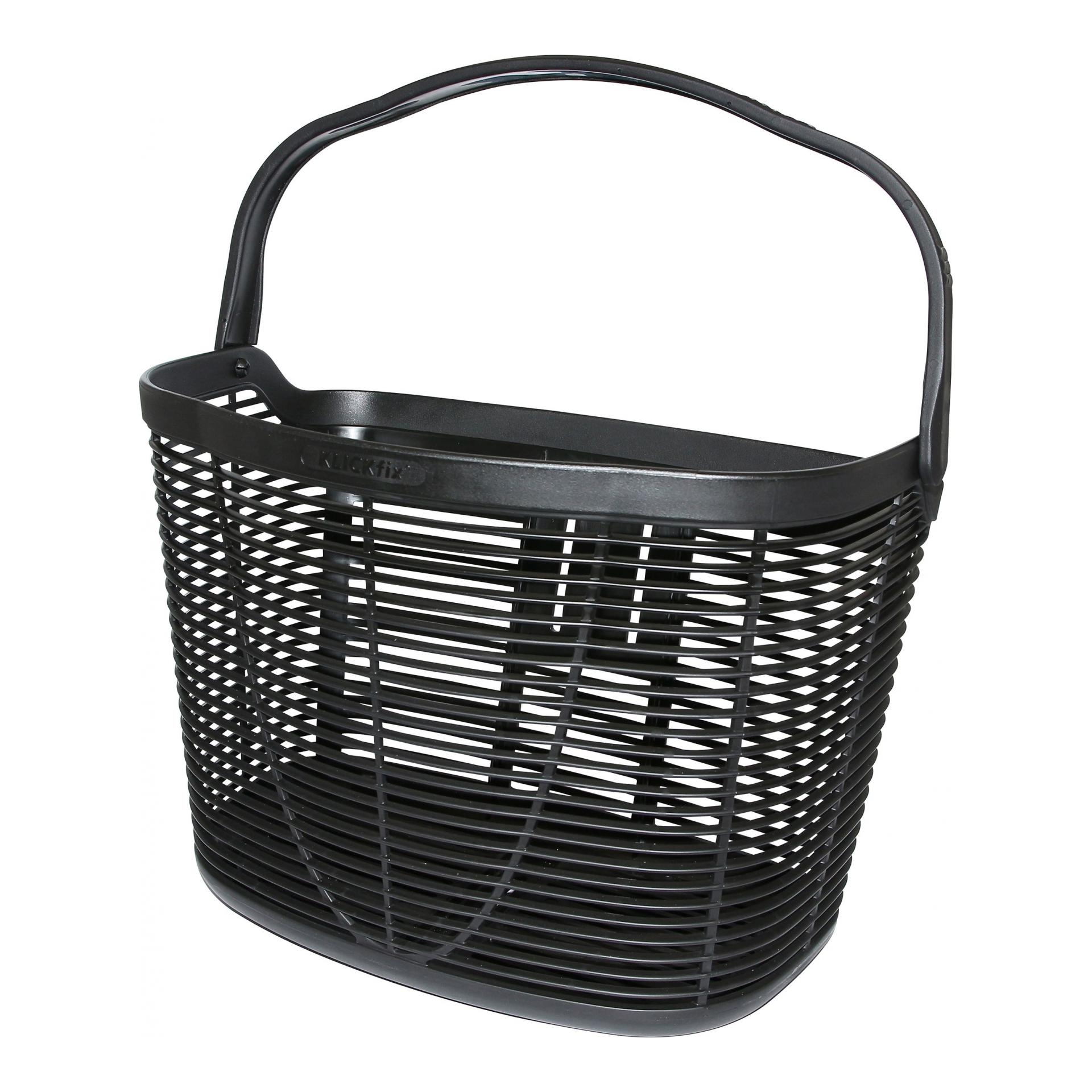
Panier vélo Klickfix Lamello en plastique noir (18L) (vendu sans fixation) - Bagagerie vélo sur La Bécanerie

Panier avant de vélo enfant RMS en osier pour fixation sur guidon par sangles 26x19x16 cm beige - Bagagerie vélo sur La Bécanerie
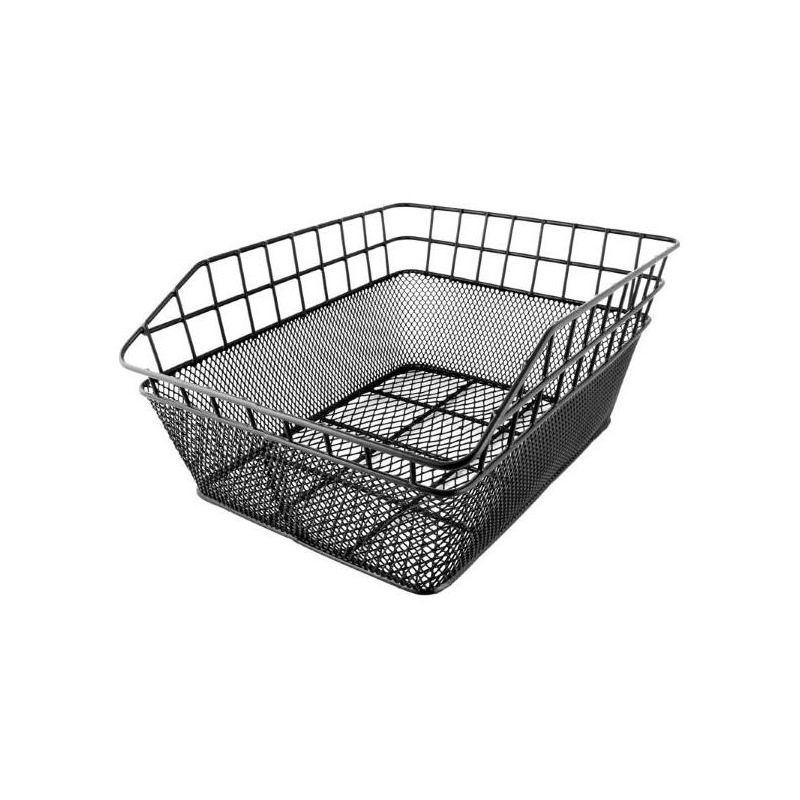
Panier arrière de vélo RMS en métal pour fixation sur porte-bagage 39x31x17 cm noir - Bagagerie vélo sur La Bécanerie

Panier avant de vélo RMS en métal avec fixation crochet sur guidon 39x30x19 cm noir - Bagagerie vélo sur La Bécanerie
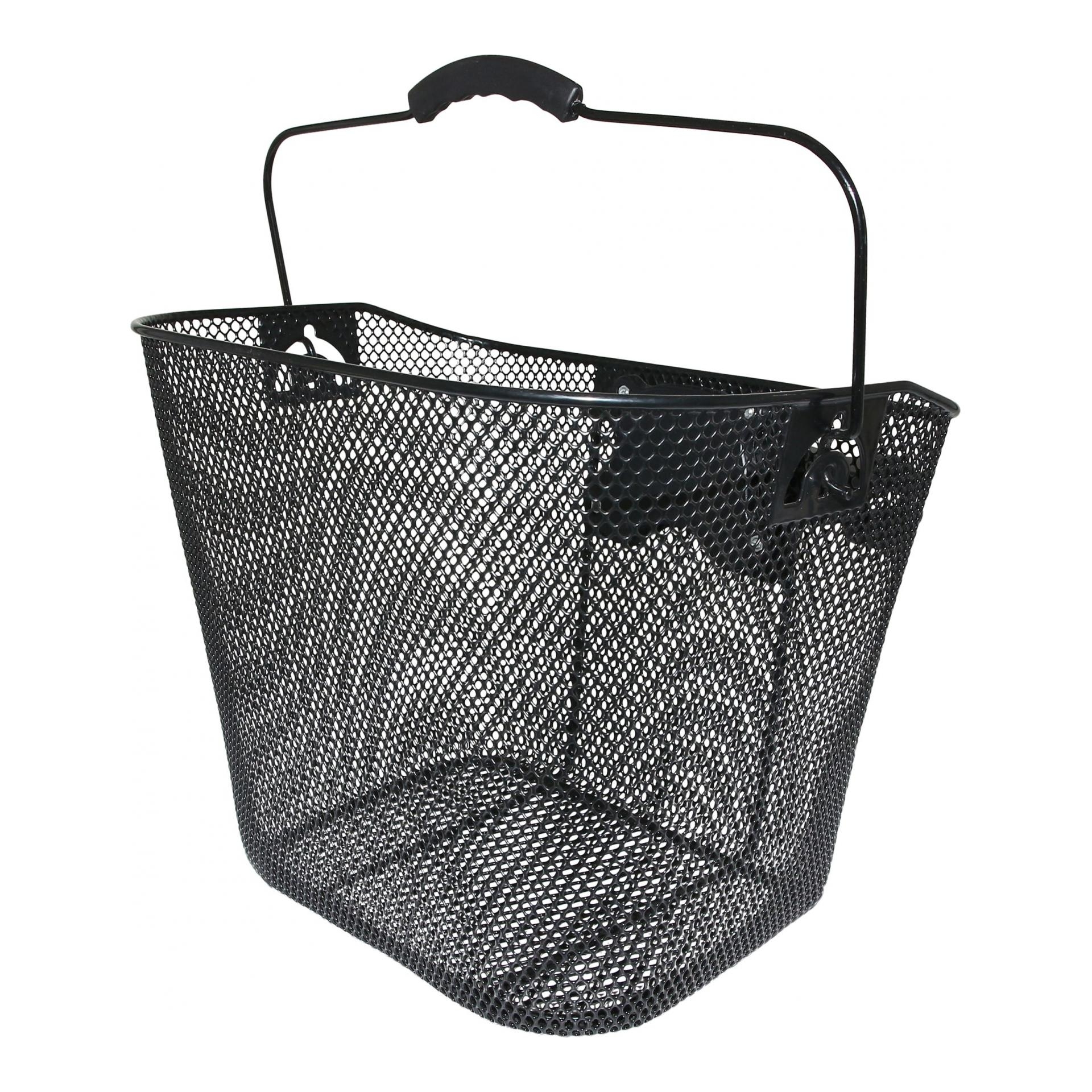
Panier vélo Newton nid d'abeille en acier pour VAE fixation rapide clips RPD au guidon - Bagagerie vélo sur La Bécanerie

Panier vélo Basil Cento en rotin (compatible système de fixation MIK) - Bagagerie vélo sur La Bécanerie
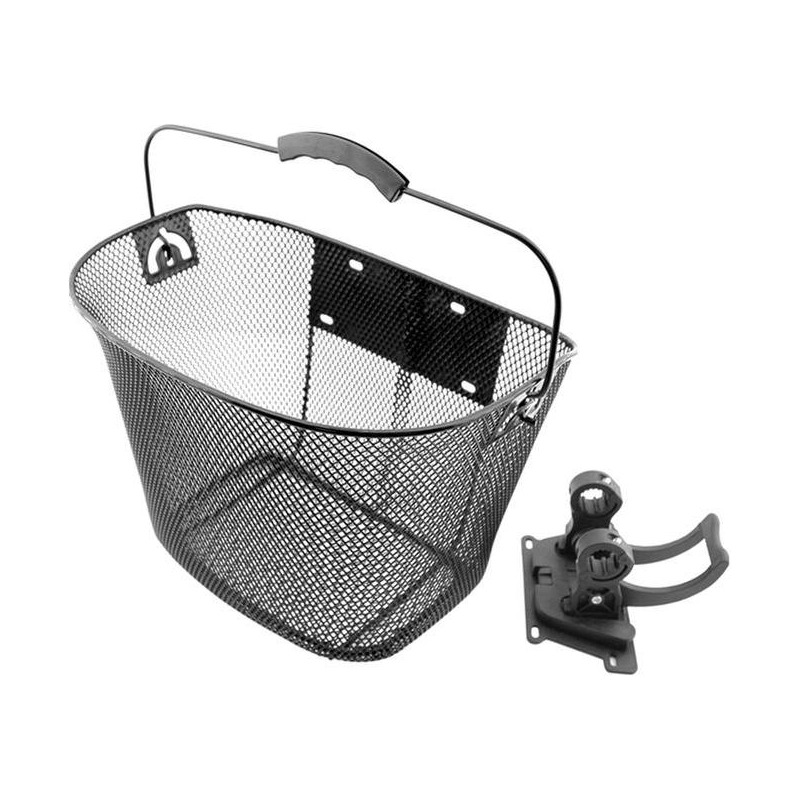
Panier de vélo avant avec poignée V BIKE en métal noir + fixation cintre Ø22,2mm à Ø31,8mm - Bagagerie vélo sur La Bécanerie

Panier arrière de vélo RMS ovale en osier pour fixation sur porte-bagage 36x30x19 cm beige - Bagagerie vélo sur La Bécanerie



